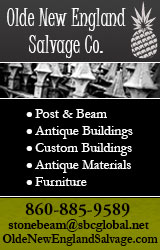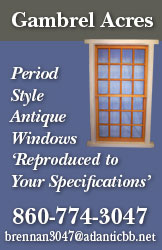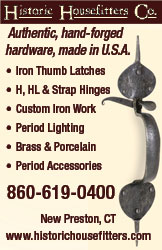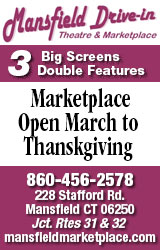
Home
 Structural Products & Services, Stairlifts
Structural Products & Services, Stairlifts
Furniture, Clocks,
Accessories
Antiques, Folk Art,
Fine Art, Auction Houses
AMOS DOOLITTLE: Connecticut's Paul Revere
Like Paul Revere, Amos Doolittle, born in Cheshire, was a colonial-era silversmith who ventured into creating and selling engravings. As with Revere, Doolittle the engraver is chiefly remembered for scenes connected with the Revolution. Like Revere, Doolittle was an aggressive patriot. If he wasn’t, like Revere, the raw material for legend, he nevertheless put in long and effective service in the New Haven Governor’s Guard militia. |
 This silver spoon made by Amos Doolittle recently brought $350 at auction. Inset: Amos Doolittle's maker's mark. |
|
|
Auction catalog description: Amos Doolittle (Cheshire, CT, 1754-1832), two early colored engravings depicting events from the Battles of Lexington and Concord, both laid down on cardboard: Plate II, "A View of the Town of Concord", showing British troops assembling in town, burning Provincial stores, and surveying Provincial movements from cemetery look-out; and Plate IV, "A View of the South Part of Lexington", showing battle lines and movements between British and Patriots, missing area of print in-colored by hand, measuring approximately 1 1/2" l. x 1" w. appearing approximately 3" above Doolittle name, both prints inscribed "A. Doolittle, Sculpt." LR corner, both with considerable toning, small tears, water stains, areas of discoloration, and loss, both frames with c. 1912-1952 Kennedy & Co. emblem and Peck Library, Norwich, CT stamp on frame paper verso, both matted and framed behind glass, both removed from frames for examination, both measure approximately ss: 13 1/2" h. x 18" w. [Provenance: deaccessioned by a Connecticut Museum that originally acquired prints sometime between 1888-1900, believed purchased for library by Henry Watson Kent, first librarian of the Peck Library at the Norwich Free Academy. Kent, an 1884 graduate of the Norwich Free Academy, later enrolled in Columbia University's first "Library Economy" course instructed by Melville Dewey. Kent was one of the founders of the Walpole Society and the American Wing at the Metropolitan Museum of Art. Research indicates that these engravings are not reproductions by Meriden Gravure or R.R. Donnelly. Further close-ups available upon request.]
|







